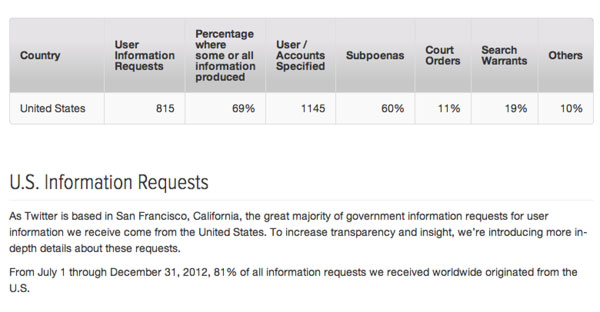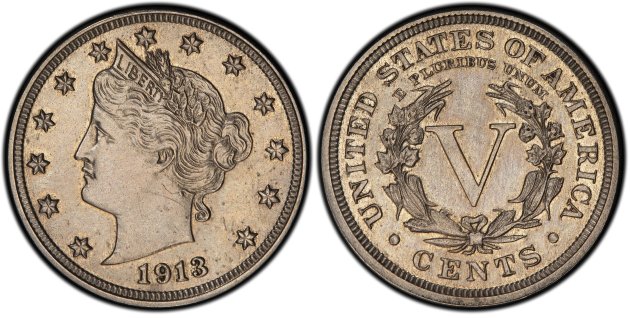A humble 5-cent coin with a storied past is headed to auction
and bidding expected to top $2 million a century after it was
mysteriously minted.
The 1913 Liberty Head nickel
is one of only five known to exist, but it's the coin's back story that
adds to its cachet: It was surreptitiously and illegally cast,
discovered in a car wreck that killed its owner, declared a fake,
forgotten in a closet for decades and then found to be the real deal.
It all adds up to an expected sale of $2.5 million or more when it goes on the auction block April 25 in suburban Chicago.
"Basically a coin with a story and a rarity will trump everything else," said Douglas Mudd, curator of the American Numismatic Association
Money Museum in Colorado Springs, Colo., which has held the coin for
most of the past 10 years. He expects it could fetch more than Heritage
Auction's estimate, perhaps $4 million and even up to $5 million.
"A lot of this is ego," he said of collectors who could bid for it. "I have one of these and nobody else does."
The sellers who will split the money equally are four Virginia
siblings who never let the coin slip from their hands, even when it was
deemed a fake.
The nickel made its debut in a most unusual way. It was struck at the
Philadelphia mint in late 1912, the final year of its issue, but with
the year 1913 cast on its face — the same year the beloved Buffalo Head
nickel was introduced.
Mudd said a mint worker named Samuel W. Brown is suspected of producing the coin and altering the die to add the bogus date.
The coins' existence weren't known until Brown offered them for sale
at the American Numismatic Association Convention in Chicago in 1920,
beyond the statute of limitations. The five remained together under
various owners until the set was broken up in 1942.
A North Carolina collector, George O. Walton,
purchased one of the coins in the mid-1940s for a reported $3,750. The
coin was with him when he was killed in a car crash on March 9, 1962,
and it was found among hundreds of coins scattered at the crash site.
One of Walton's heirs, his sister Melva Givens of Salem, Va., was given the 1913 Liberty nickel
after experts declared the coin a fake because of suspicions the date
had been altered. The flaw probably happened because of Brown's
imprecise work casting the planchet — the copper and nickel blank disc
used to create the coin.
"For whatever reason, she ended up with the coin," her daughter, Cheryl Myers, said.
Melva Givens put the coin in an
envelope and stuck it in a closet, where it stayed for the next 30 years
until her death in 1992.
The coin caught the curiosity of Cheryl Myers' brother, Ryan, the
executor of his mother's estate. "He'd take it out and look at it for
long periods of time," she said.
Ryan Myers said a family attorney had heard of the famous 1913
Liberty nickels and asked if he could see the Walton. "He looked at it
and he told me he'd give me $5,000 for it right there," he said,
declining an offer he could not accept without his siblings' approval.
Finally, they brought the coin to the 2003 American Numismatic
Association World's Fair of Money in Baltimore, where the four surviving
1913 Liberty nickels were being exhibited. A team of rare coin experts
concluded it was the long-missing fifth coin. Each shared a small
imperfection under the date.
"The sad part is my mother had it for 30 years and she didn't know
it," Cheryl Myers said. "Knowing our mother, she probably would have
invested it for us. She always put her children first."
Since its authentication, the Walton nickel has been on loan to the
Colorado Springs museum and has been publicly exhibited nationwide.
The coin will be up for grabs at a rare coin and currency auction.
Todd Imhof, executive vice
president of Heritage, said the nickel is likely to attract lofty bids
that only a handful of coins have achieved at auction. A 1933 double
eagle, a $20 gold coin, holds the U.S. record: $8 million.
Imhof expects the Walton nickel to generate some buzz.
"This is a trophy item that sort
of transcends the hobby," he said. "It's an interesting part of American
history and there are collectors who look for something like this."
Ryan Myers said he's not keen on selling the nickel.
"First of all, it had been in the
family for so long," he said. "It's not like something you found in a
flea market or something you just found."
Cheryl Myers said they're often
asked why they held on to the coin for a decade after they learned it
was authentic instead of immediately cashing it in.
"It was righting a 40-year-old
wrong," she wrote in an email. By allowing the American Numismatic
Museum to display it for the past decade, it was honoring Walton's
wishes.
"It has been quite a ride," she said.































